The Benefits of Dance
The Art of Dancing: A Profound Path to Physical, Mental, and Spiritual Well-Being
Since ancient times, dance has been a universal language, a bridge that connects souls and transcends borders. Dancing is not just movement; it’s pure and free expression, a fusion of body and spirit that allows us to break free from physical and emotional constraints. Beyond being a recreational activity, dance is a form of self-discovery that brings benefits that transcend the tangible. This article explores the transformative power of dance, an activity that, to the rhythm of music, becomes a celebration of life.
1. Strengthening Physical Health: More Than Just Exercise
Dance is a complete exercise, engaging every fiber of our being. Unlike other forms of exercise, dance challenges the body in multiple dimensions, combining strength, endurance, and flexibility into a single fluid movement. When we dance, the body becomes a tuned instrument that expresses emotions and feelings without the need for words. Styles like salsa, kizomba, bachata, tango or zouk demand coordination and precision, strengthening muscles and promoting cardiovascular balance that few exercises can achieve.
Dance is an aerobic activity that raises the heart rate, improves blood circulation, and oxygenates every cell in the body. This increase in oxygen flow not only strengthens the heart and lungs but also revitalizes the body, combating sedentary habits. Consistent practice of dance reduces the risk of chronic illnesses and helps maintain a healthy weight, all while sculpting the body. With every step, the body renews itself, reclaiming its vitality.
2. Awakening Agility and Flexibility
Each style of dance presents a challenge that demands a wide and precise range of movement. Styles like ballet or contemporary dance put elasticity to the test, teaching our bodies to stretch, expand, and reach new heights. These movements not only help improve flexibility but also strengthen joints and muscles, increasing physical resilience. Over time, the body becomes lighter, more agile, and flexible, allowing us to live with greater freedom of movement and preventing common injuries.
Each dance is a unique interplay between body and mind, and as we progress in our practice, the body adapts, expands, and transforms. This flexibility is not only physical but also mental, fostering an openness to adapt and face challenges.
3. Coordination and Balance: The Art of Precision
Dancing demands precision and control, skills developed by following choreography or improvising freely. This need for coordination between mind and body strengthens our ability to maintain balance and control every movement. Constant practice helps enhance spatial awareness, develop an upright posture, and move with greater grace and stability. With each step, the body learns to flow, find its center, and stay in harmony, translating into better posture and complete control over oneself.
4. Dance as a Cure for Stress and Anxiety
Dancing is a liberating experience that allows us to disconnect from mental noise and connect with the present. In that moment, all that matters is the rhythm, the movement, and the connection with oneself. When we dance, the brain releases endorphins and dopamine, neurotransmitters that bring us joy and well-being. These “happiness messengers” act as antidotes to stress and anxiety, decreasing cortisol levels, the stress hormone, and allowing body and mind to relax.
In this sense, dancing becomes a form of moving meditation, a space where we can release accumulated tensions and leave behind worries. This well-being extends beyond the moment of dancing, creating a sense of peace and calm that lasts. Dancing, ultimately, is a celebration of the here and now, an invitation to be fully aware and to enjoy the present.
5. The Magic of Social Connection
Dance is a profoundly social act, an invitation to connect with others on a level that transcends words. By participating in dance classes or attending events, we create bonds of friendship and find a sense of belonging. This human connection is essential for our emotional well-being, as it decreases loneliness, improves communication skills, and fosters empathy. In a society where isolation is common, dance gives us the chance to feel part of a community.
Additionally, dance teaches us to respect the space and time of others, to synchronize our movements with those around us, and to trust those who share the dance floor. This interaction not only strengthens our relationships but also allows us to see others as reflections of ourselves, cultivating greater understanding and openness.
6. Emotional Expression and Creative Release
Dance is an emotional language that allows us to express what cannot always be said with words. Each movement, each spin, is a manifestation of our essence, a way to channel and release repressed emotions. When we dance, we can transform sadness into softness, anger into strength, and joy into pure energy. In genres like tango or contemporary dance, dance becomes an emotional narrative, a story told through the body.
This act of self-expression is not only liberating but also fosters creativity. Dance invites us to discover new ways of moving, to experiment, and to create without restrictions. It reminds us that we are creative beings, capable of reinventing ourselves and finding beauty in movement.
7. Confidence and Self-Esteem
As we perfect our movements and acquire new skills, dance strengthens self-confidence. Dancing in front of others, taking the lead, and expressing ourselves without fear of judgment helps us build a positive self-image. This self-assurance extends beyond the dance floor, influencing other aspects of life. Dance teaches us to embrace our strengths and face our limitations with courage.
Moreover, the learning process—improving step by step and overcoming mistakes—makes us aware of our potential. It allows us to realize that, with effort and dedication, we can achieve any goal we set for ourselves.
8. A Journey for All Ages
Dance has no age limits; each stage of life can find a unique benefit in dancing. For children, dance fosters motor skill development, strengthens creativity, and enhances socialization. For young and middle-aged adults, dance is a tool for maintaining physical and emotional well-being, a way to relieve stress and connect with others. And for older adults, dance is a source of vitality that helps preserve mobility, improve memory, and reduce the risk of neurodegenerative diseases.
Dancing is Living
Dance is a manifestation of life, an act of freedom and self-love. Through its numerous physical, mental, and emotional benefits, dance becomes an art form that transforms us and connects us with our deepest selves. Dance teaches us to live in the present, embrace our emotions, and celebrate life in all its fullness. To the rhythm of music, each step is a reminder that we are alive, capable of creating beauty, and ultimately, one with the universe.


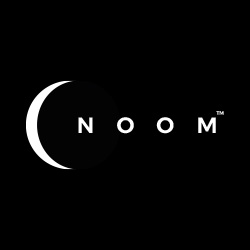
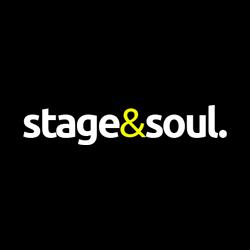

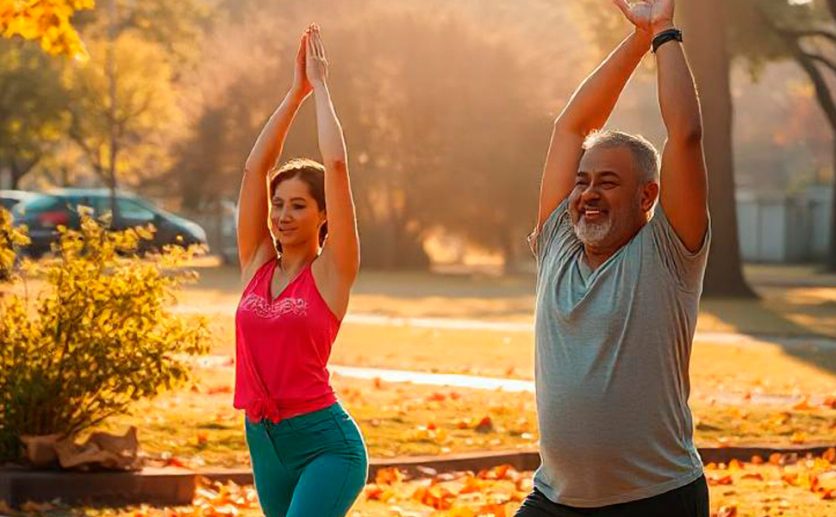


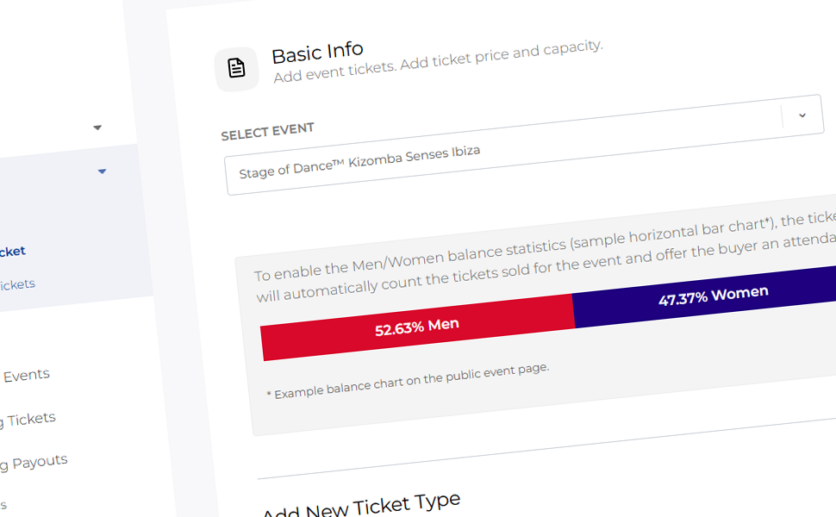




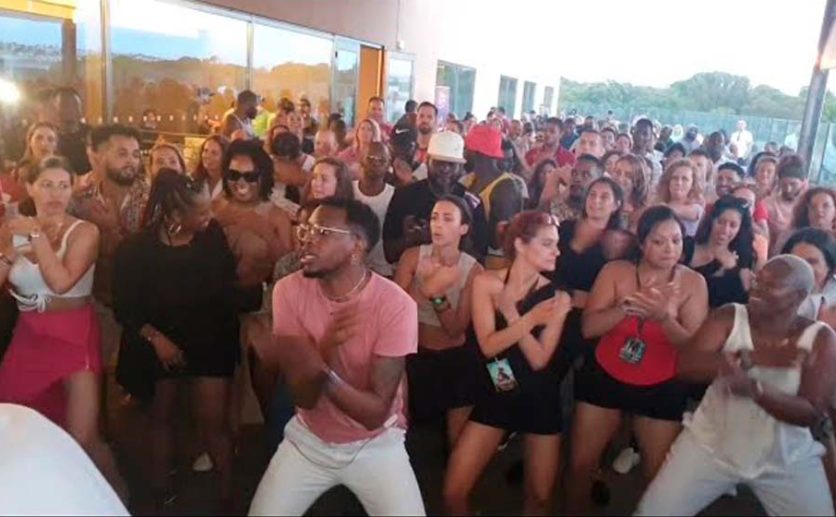

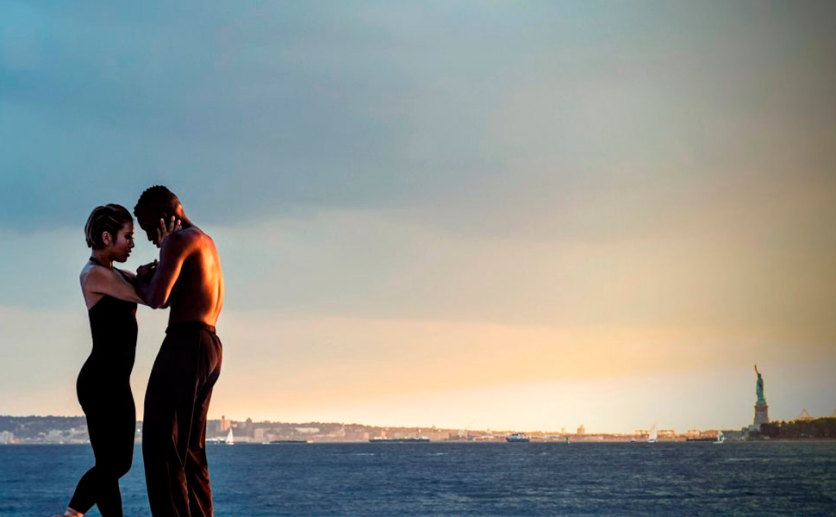
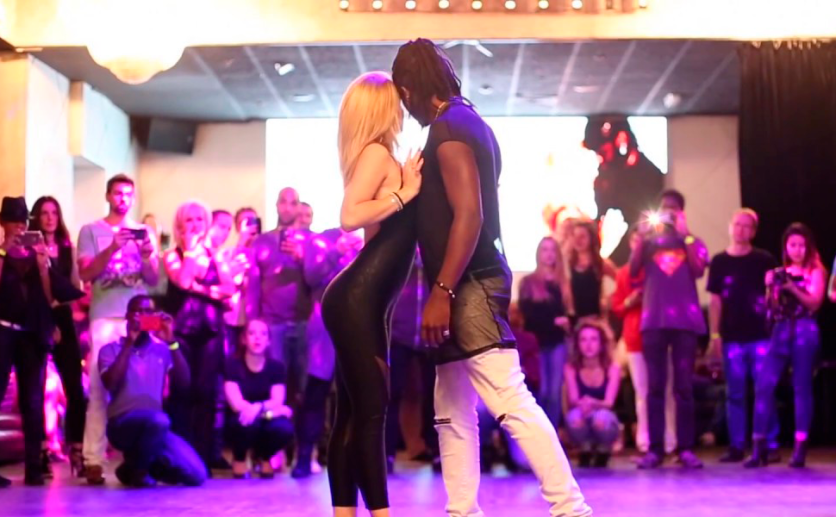


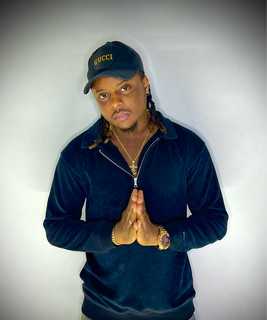
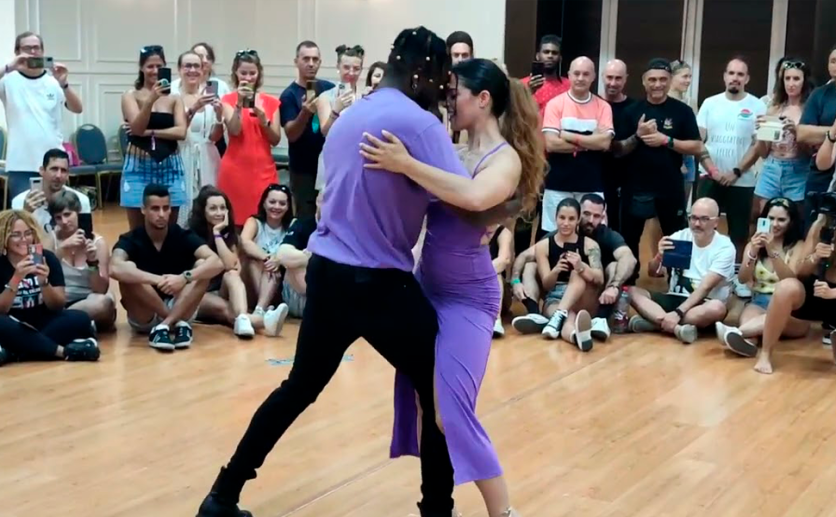
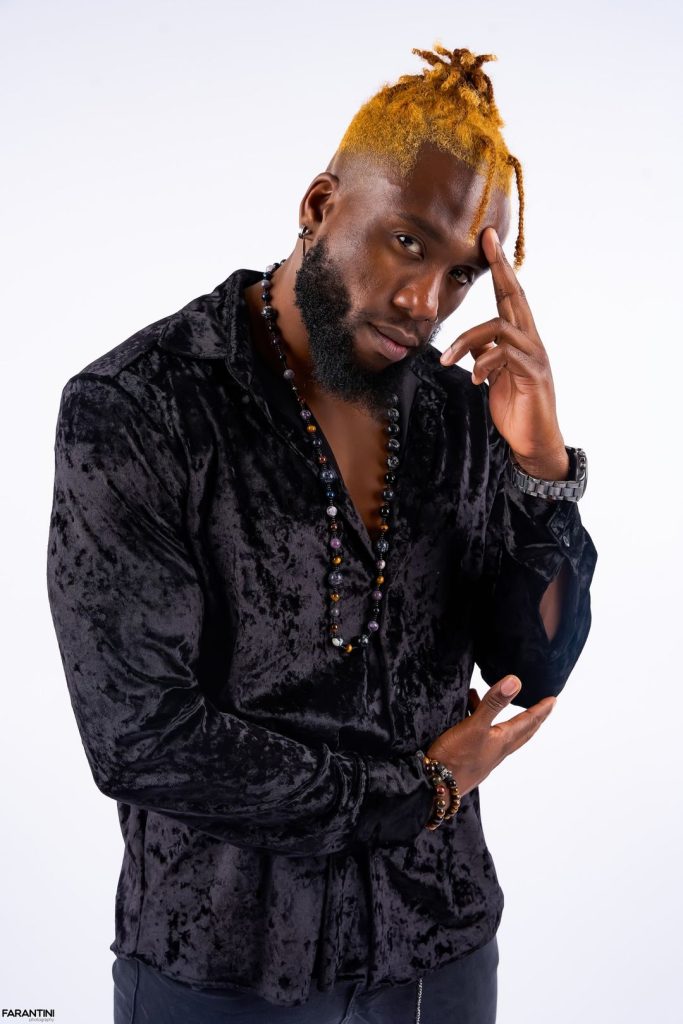
Recent Comments